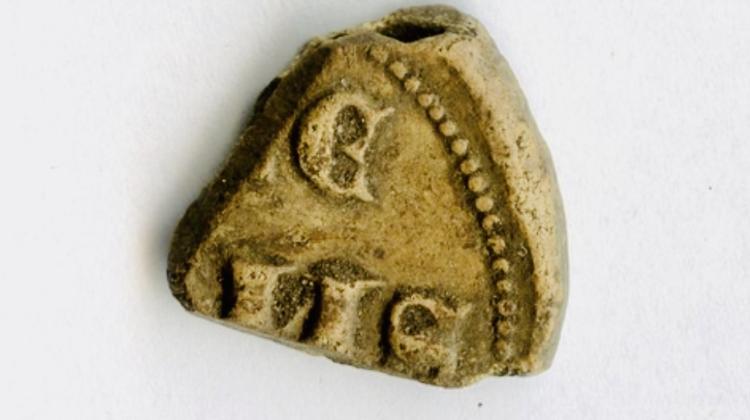Polish archaeologists find NINE crocodile heads in ancient Egyptian tombs
Polish archaeologists working in the North Asasif necropolis (West Thebes) near the Temple of Hatshepsut discovered 9 crocodile heads deposited in two elite tombs.
“This is a unique discovery, because until now no graves containing crocodiles were known in Egypt. Mummies of these dangerous reptiles have so far been discovered in temples,” Dr. Patryk Chudzik, head of the research project from the Polish Centre of Mediterranean Archaeology of the University of Warsaw told PAP.
The finds come from two tombs: of Cheti, one of the most important officials during the reign of pharaoh Mentuhotep II (reign: 2055-2002 BC), and in another anonymous tomb, probably of a vizier at the court of the same ruler. Egyptologists compare the position to today's prime minister. The tombs are located in the North Asasif necropolis near the Temple of Hatshepsut. They have been the target of research by Polish archaeologists since 2013.
The archaeologist emphasised that the crocodile heads discovered by his team had not been mummified, only wrapped in a fabric. They had not been subjected to any additional treatment.
He said: “Our discoveries show that the remains of crocodiles were part of funerary equipment, and therefore had a magical meaning.”
He added that they were supposed to assist the deceased on his journey in the afterlife.
Crocodiles lived in Egypt until around the middle of the 20th century, when the Great Aswan Dam was built in the south of the country. In ancient Egypt they were worshipped and feared, because they liked to bask on the sandy banks of the Nile. They also preyed on victims in the Nile canals.
The ancient Egyptian deity Sobek was depicted as a crocodile or a man with a crocodile head. He gained a high rank in the pantheon thanks to Egyptian syncretism. He was sometimes called Sobek-Ra, which made him a solar deity. Ra was one of the most important Egyptian gods.
Referring to the ancient spells recorded in the Pyramid Texts and Coffin Texts - a collection of ancient Egyptian funerary spells from the times of the Old and Middle Kingdom, Dr. Chudzik said: “The soul of the deceased whose tomb contained crocodile heads was protected by Sobek and the fusion form Sobek-Ra. It could take the form of a god, and thus take over his powers, which also protected her from the dangers of the afterlife.”
Chudzik's team found crocodile skulls not in tombs, but in heaps left by their first explorer, Herbert Winlock from the Metropolitan Museum of Art in the US, who worked there 100 years ago. Researchers at the time paid little attention to animal remains. They focused on acquiring artefacts they considered valuable: jewellery, sculptures and everyday objects. The rest, like in this case, would end up on a heap.
According to Dr. Chudzik, the practice of placing crocodile heads in ancient Egyptian tombs certainly was no exception. Earlier researchers simply got rid of such finds, unattractive from the antiquarian point of view. Chudzik believes that crocodile heads were placed in at least some of the richest tombs, but it was not a rule. This is confirmed by the latest discoveries in the North Asasif necropolis, where more remains of these Nile reptiles were found in a third tomb.
The skulls from the tombs studied by Polish archaeologists belonged to young and adult individuals. Their average length was from 2 to 3-4 m. Only fragments of skulls and mandibles have survived so experts are unable to say how the decapitation was done.
A paper describing the discovery appeared in the Journal of African Archaeology (https://doi.org/10.1163/21915784-bja10016). Its co-author is Dr. Urszula Iwaszczuk from the Institute of Mediterranean and Oriental Cultures of the Polish Academy of Sciences.
PAP - Science in Poland, Szymon Zdziebłowski
szz/ ekr/ kap/
tr. RL
Przed dodaniem komentarza prosimy o zapoznanie z Regulaminem forum serwisu Nauka w Polsce.


















